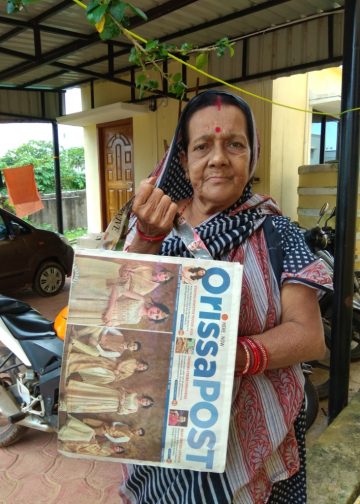Bhawanipatna: Cotton farmers in large numbers are resorting to distress sale of their produce much like paddy growers in tribal-dominated Kalahandi district, a report said.
The lukewarm response of procuring agencies due to a fall in cotton price in the international market has only added to the problems, some farmers said.
A corporation, constituted by Government of India to protect the interests of cotton farmers, has fixed the minimum support price at Rs 4,160 per quintal this year.
However, farmers are selling their produce at much lesser price since they fail to sell it at just two procurement centres opened in entire district.
Cashing in on the helplessness of farmers, traders from other states have camped in here to buy cotton at throwaway prices.
The market yards were opened in the district about a month ago. As not many buyers turned up at the mandis, Cotton Corporation of India bought cotton from the farmers at MSP.
According to reports, the crop has been raised in 53,000 hectare of land in the district against a target of 55,000 hectare aiming at production of five lakh tonne of
cotton.
While the MSP for cotton was Rs 4,150 per quintal last year, it has been increased by `10 per quintal this year.
Though the harvesting process is in its last leg, only two market yards- at Karlapada and Utkela – have been opened so far in the
district.
Friday, 13,700 quintals of cotton were sold at Karlapada mandi through Bhawanipatna regulated marketing committee (RMC) while Kesinga RMC picked up 10,135 quintals from Utkela mandi.
It is not possible for all farmers to sell their produce in only two procurement centres in the district.
“Left with no option, we sell cotton to traders of other states at price much less than the MSP,” some farmers of Bhawanipatna Sadar block said.
After incurring loss in paddy cultivation, the farmers expected to salvage something in cotton. However, the administrative indifference has dashed all their hopes, the farmers claimed.
According to reports, cotton is considered an alternative cash crop in the district for the last two decades.
Though the farming had begun in just 500 hectare of land, it is now being cultivated in over 50,000 hectare with the growing interest of farmers in the crop. PNN







































